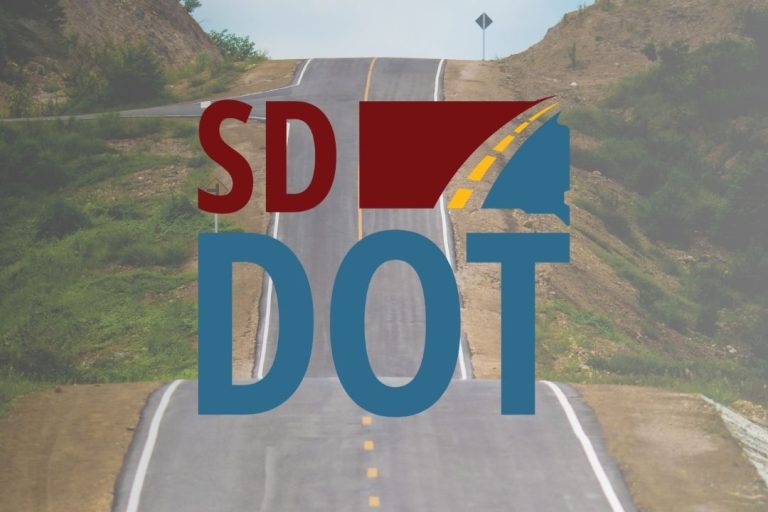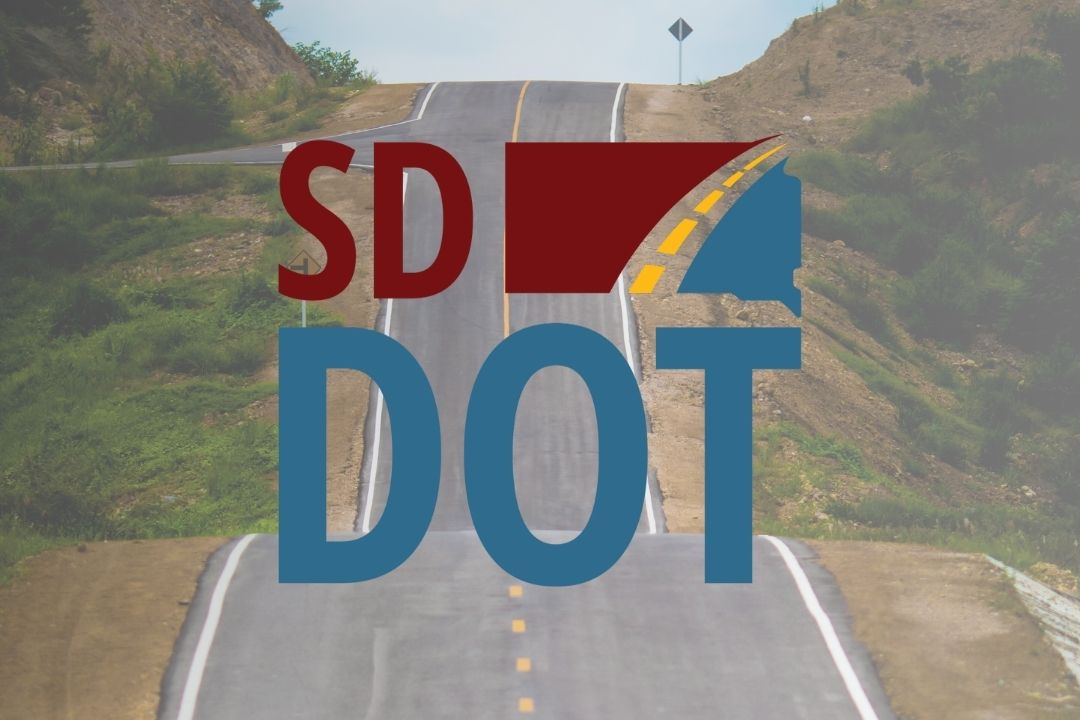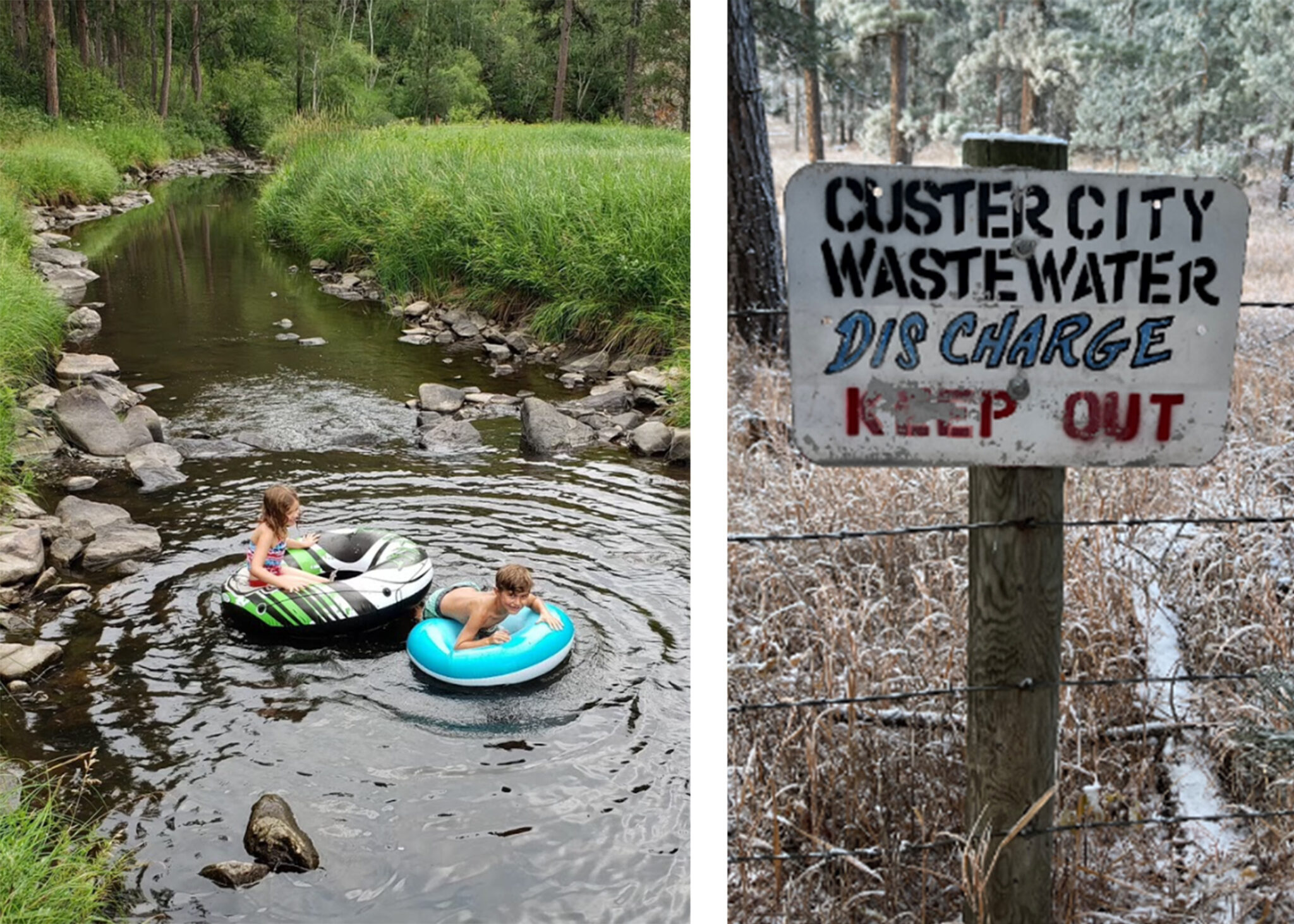UNDATED – As the property tax takes a larger share of their incomes — at a time when many are hurting financially — South Dakota farmers and ranchers are pushing for reform of the state’s system of valuing and taxing their lands.
But as a decade-long process of updating the system nears an end, it has become increasingly clear that any reform effort that aids agriculture producers will lead to higher taxes for residential and commercial property owners who will assume a larger burden of paying for education and county services.
When legislators overhauled the state’s system for assessing the taxable value of farm and ranch land in 2008, the idea was to make the system more fair and ensure tax rates better reflect just how valuable ag land is in a given year. The reform led to sharp increases in ag land values and property tax bills rose accordingly. But as commodity prices have tumbled in recent years, profits have shrunk and taxes are taking up an increasing portion of farm and ranch incomes. Now, as the number of farm bankruptcies and suicides rates among ag producers continue to rise, many are calling for new reforms in the state’s property tax system.
“That gets to the urgency here. We need a fix,” said Gary Deering, president of the South Dakota Stock Growers Association.
Ranchers have been hit hard by the state’s property tax system which assigns taxable value based on an acre of land’s highest and best use, not its actual use. That has led to claims that some rural landowners are paying unfairly high taxes on land that isn’t producing revenues at a time they can afford it least.
“You could have some areas in South Dakota that are virgin sod but because of the soil type, they’re being taxed as if it were tillable ground and most tillable ground, at least in my area, is being taxed at two-and-a-half times the rate of pasture ground,” said Jim Peterson, a former legislator and current East River farmer who has worked on the property tax issue for 14 years.
Critics say the current tax system adds to the pressure on farmers and ranchers to plow up grasslands which perform essential environmental functions, such as preventing erosion. Grasslands also provide habitat for game animals such as pheasants, which are a big driver of the state’s second largest industry — tourism.
“It’s almost totally the opposite of the way we should be doing it for non-cropland,” said Angela Ehlers, executive director of the South Dakota Association of Conservation Districts.
The state legislative Ag Land Assessment Task Force, created about 10 years ago to oversee changes to the property-tax system, is trying to find the solution Deering and his fellow ranchers say they need. On Oct. 24, the task force held its first meeting of 2019 at the Capitol in Pierre. The centerpiece of the meeting was a presentation from the state Department of Revenue about a pilot study that looked at what impact two entirely new property tax systems — one that would use computer software to determine what the most probable uses for farm and ranch lands is each year, and one that would look at what the land is actually being used for each year — would have on 11 counties spread throughout the state.
Under both systems, the study found, total valuation for farm and ranch land in the 11 counties would decrease by more than $1 million. Under the actual use model, valuation fell by more than $2 million in the 11 counties that were studied. If used statewide, the loss in property valuation could result in a shift of the tax burden away from agriculture and toward homeowners and commercial property owners, said Wendy Semmler of the DOR property tax office.
She said the pain likely would be felt most in school districts that have taken out loans to pay for new buildings or necessary renovations. Those districts may have to raise tax rates on residences and businesses to make up for reduced ag land values, she said.
“If we are going to see extreme value decreases in any particular school district, that is going to cause the levies to increase,” Semmler said.
The tax burden, though, has already shifted toward farmers and ranchers, said Peterson, a member of the Ag Land Assessment Task Force said. While residential and commercial property values have risen by about 20% statewide, he said, the values on ag land have risen up to 200% in some areas over the past decade.
“We’ve taken a lot of skin and put it into the game from agriculture,” Peterson said.
Seeking a more equitable system
Historically, ag land property tax rates in South Dakota were determined using data on recent, comparable land sales. Usually, that system worked out in favor of farmers and ranchers, who despite owning the lion’s share of property in the state have historically paid less in property taxes than commercial property owners and homeowners.
In the mid-2000s, high crop prices, strong hunting tourism and increased development on city edges caused land sale prices to skyrocket. At the time, any land sale that wound up being 150% or more of the historical average couldn’t be used to assess taxable value. The problem was, Peterson said, just about every time land was sold in the waning years of the past decade, the price wound up being more than 150% of the historical average. Agriculture lands would either be undervalued or would see their value rise exponentially from one year to the next. Neither situation was tenable.
During the summer of 2007 and in the 2008 legislative session, state lawmakers hammered out the details of a new system for assessing ag land valuation. It went into effect in 2010 and 2011 was the first year in which taxes calculated using the new system were paid. It has remained in place relatively unchanged ever since.
Under the current system, ag land property taxes are calculated using what is known as “production valuation.” Essentially, the state Department of Revenue works with economists at South Dakota State University to determine the highest revenue potential each year for both cropland and non-cropland, and then provides that number to county equalizers. The equalizers use state-approved soil tables to calculate the taxable value of each acre on a given property. Once the taxable value is calculated, equalizers can adjust the value based on such things as how difficult a parcel might be for farm equipment to access or its potential for crop growth before assessing the actual tax bill.
The system has led to farmers and ranchers taking on a larger share of the state’s property tax burden.
According to the DOR, farmers and ranchers saw their share of the state property tax burden rise from just under 25% to about 28% between 2008 and 2018. In real dollars, the state’s farmers and ranchers saw their collective property tax bill rise from $219.7 million in 2008 to about $354.6 million in 2017. Commercial properties meanwhile have seen their share of the state property tax burden fall from about 31% in 2008 to about 29% in 2018. Homeowners’ share of the burden has remained essentially flat at about 39%.
The problem for farmers and ranchers right now is that their taxes are being calculated using average crop prices from years that saw historically high prices, while the current prices for such things as corn, soybeans and beef are relatively low. Eventually, those high-price years will be worked out of the system. But in the meantime, taxes are taking up a much larger portion of farm and ranch incomes, said state Sen. Gary Cammack, R-Union Center, a rancher and business owner who chairs the Ag Land Assessment Task Force.
“We certainly expect to pay our fair share,” said Cammack. “But we also don’t want it to be such a heavy load that it starts to create some hardships.”
Ranchers have been particularly hard hit by the current property tax system. It relies almost entirely on soil tables to determine whether a piece of land is cropland or non-cropland in order to make value determinations a bit more objective. But the system doesn’t account for value that goes beyond dollars and cents.
Many acres of crop-rated soils currently are covered in unbroken, mostly native prairie grasses, Cammack said. Those native prairie remnants support a diverse range of birds, bugs, plants and animals, all of which have non-monetary value, he said. Native prairies also happen to be one of North America’s most endangered ecosystems.
“We don’t want to lose that,” Cammack said.
Cattle can and do co-exist with most prairie species while providing an income to the landowner — it’s just lower on a per-acre basis than growing corn or soybeans. But crop-rated soil, whether it is growing prairie grass or a cash crop, often is taxed as if it were growing corn.
As early as 2016, legislators wanted to know if there was a more equitable way to determine the taxable value of farm and ranch land. That year, the Legislature funded an SDSU study on the topic.
Economists at SDSU analyzed two different methods for assessing taxable value of farm and ranch land. One method was based on the actual use of land and the other used a computer program to predict a piece of land’s most probable use. The idea was to account for individual management decisions and avoid forcing landowners to plow up grasslands just to pay lower taxes. The study also attempted to update the soil tables used for the current property tax assessment system. The SDSU researchers turned their findings over to the DOR.
Those ideas will get more discussion during the Ag Land Assessment Task Force’s next meeting, which is set for Nov. 15 in Pierre, Cammack said.












